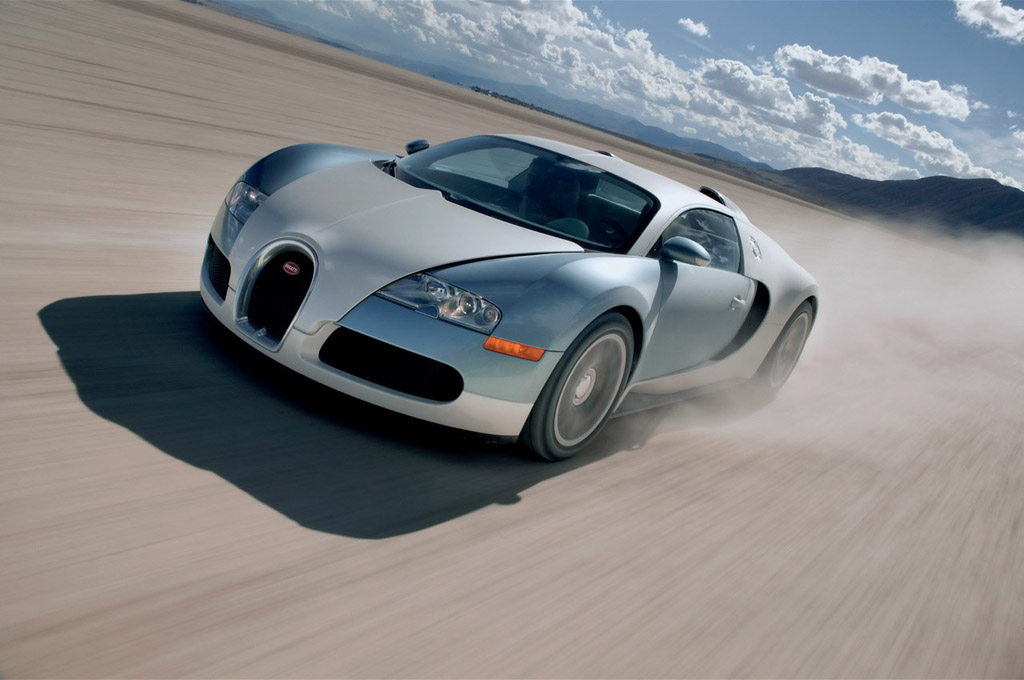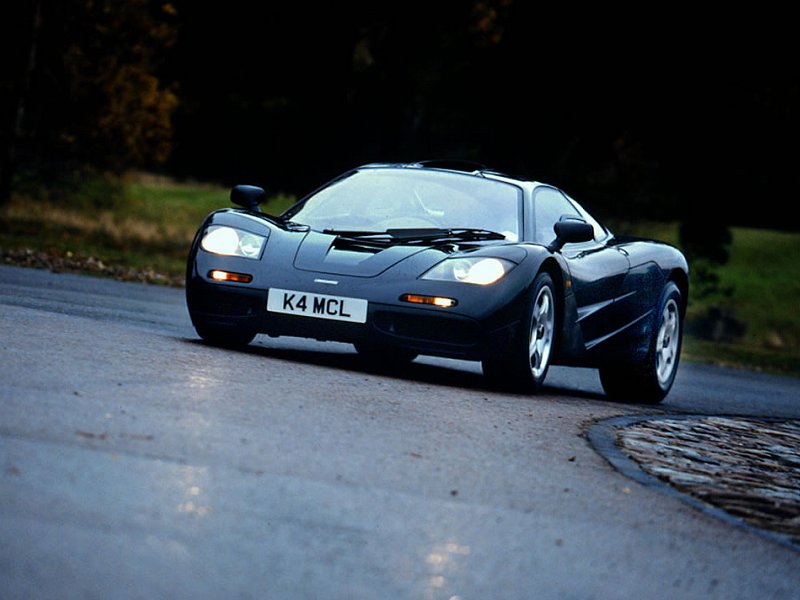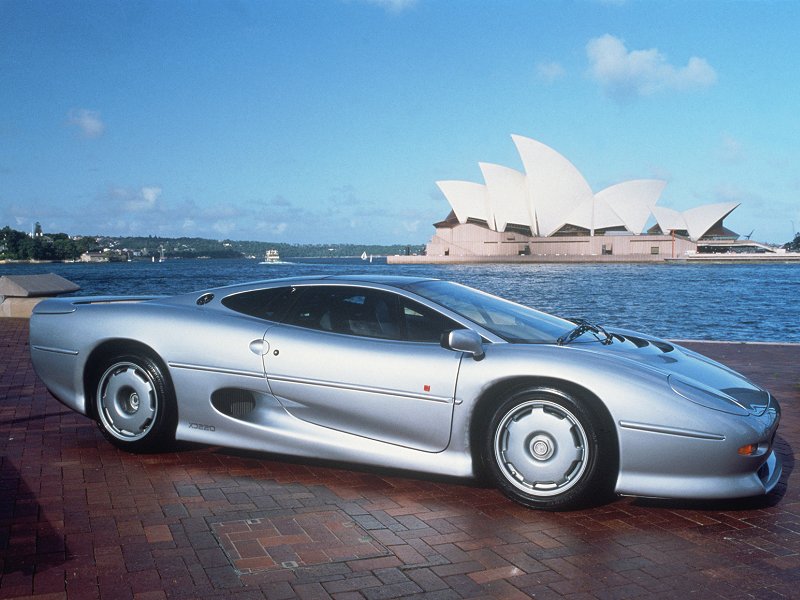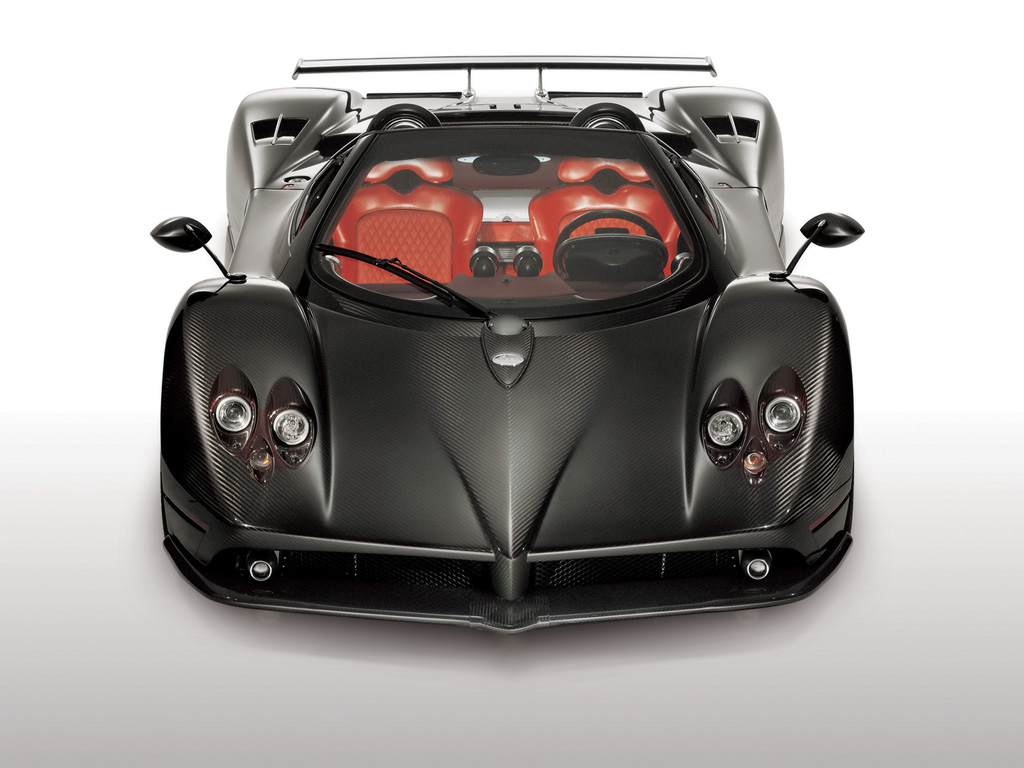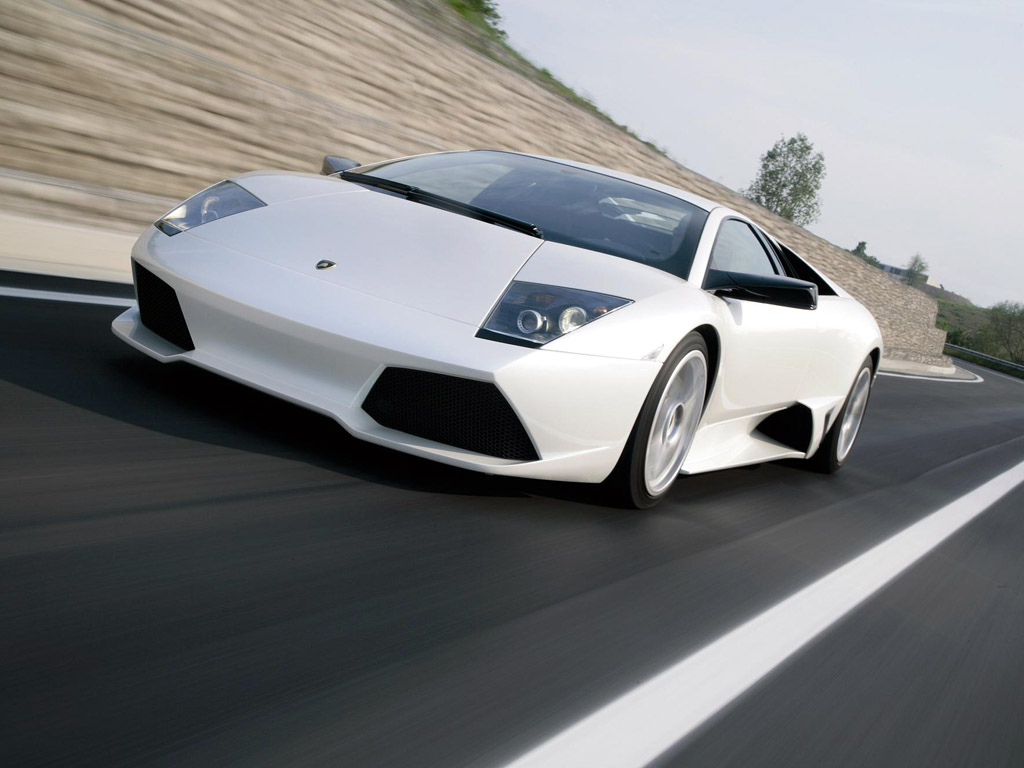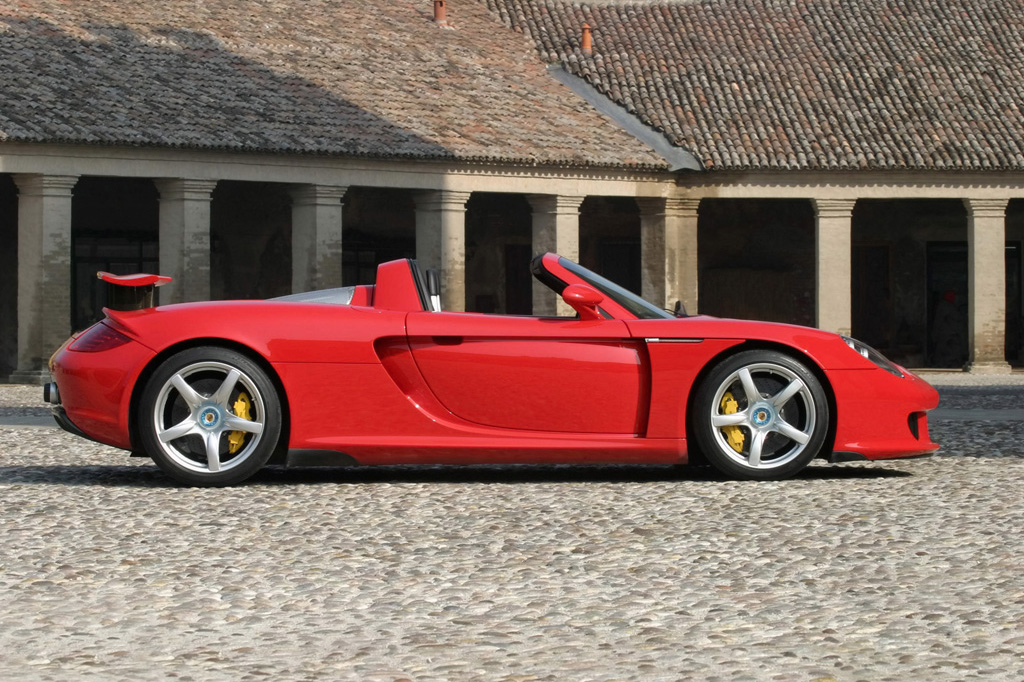
10. Franz Beckenbauer – Germany
Franz Beckenbauer was born in the post-war ruins of Munich. He was the
second son of postal-worker Franz Beckenbauer, Sr. and his wife Antonie.
Beckenbauer started playing football at the age of eight with the youth team
of SC Munich '06 in 1954. He made his professional debut with Bayern in the
Regionalliga Süd (Regional League South). In his first year with the club they
won promotion to the recently formed Bundesliga, the national league. Bayern
soon became a force in the new German league, winning the German Cup in
1966–67 and achieving European success in the Cup Winners' Cup in 1967.
During Beckenbauer's tenure at Bayern Munich, the club won three league
championships in a row from 1972 to 1974 and also an astonishing hat-trick of
European Cup wins.
In 1977, Beckenbauer accepted a lucrative contract to play in the North
American Soccer League with the New York Cosmos. He played with the
Cosmos for four seasons up to 1980, and the team won the Soccer Bowl on
three occasions. In his domestic career, Beckenbauer made 587
appearances and scored 81 goals. He won 103 caps and scored 14 goals for
West Germany. He was a member of the World Cup teams that finished
runners-up in 1966, third place in 1970, and World Cup Champions in 1974.
Franz Beckenbauer is strongly regarded as the greatest German footballer of
all time and one of the greatest footballers in the history of the game.
He revolutionized the position of sweeper and was selected as the European
Footballer of the Year on two separate occasions. Beckenbauer also coached
the West German national team to a World Cup Championship in 1990.
Today he remains an influential figure in both German and international
football. He led Germany's successful bid to host the 2006 FIFA World Cup
and chaired the organizing committee.
9. Paolo Maldini - The Italian Defence
Paolo Maldini was born on June 26, 1968, in Milan, Italy. Maldini made his
league debut in the 1984-85 season, at the age of 16, against Udinese. He
spent 25 years of his career playing for A.C. Milan. During that period, he won
seven Italian Serie A championships, five UEFA Champions League Cups,
one Coppa Italia, five Supercoppa Italiana, five UEFA Super Cups, two
Intercontinental Cups, and one FIFA Club World Cup. Maldini has participated
in eight UEFA Champions League finals.
He was part of Milan's undefeated "Dream Team" from the late 1980s to the
early 1990s. The Dream Team was a name given to Italy’s back four,
consisting of Maldini, Franco Baresi, Alessandro Costacurta and Mauro
Tassotti. Maldini became the first defender ever to win World Soccer
magazine's annual World Player of the Year Award. He spent 14 years with
the Italian national team, making his debut in 1988 and retiring in 2002. He
gained 126 caps and 7 goals. Maldini retired trophyless from international
competition. His key strengths as a player were his electric pace, the ability
to execute precision tackles, his strong leadership, and his influence on and
off the field. Prior to his retirement, Maldini expressed that he would not be
moving into a coaching career.
8. Bobby Charlton – England
Bobby Charlton was born on October 11, 1937, in Ashington, England. After
the end of the Second World War, Matt Busby set out a plan to rebuild the
Manchester United football program. Bobby Charlton became a member of a
group known as the Manchester United Busby Babies, who was a group of
players recruited and trained by the club's chief scout Joe Armstrong and
managed by Matt Busby. If I was going to make a list of the greatest football
coaches in English history, Busby would climb to the top. Charlton quickly
became renowned for his attacking instincts and his ferocious long-range
shot. He began to play for Manchester United's first team in 1956, and over
the next two seasons gained a starting position. He also survived the Munich
air disaster of 1958. In 1963, Manchester United beat Leicester City 3–1 in
the FA Cup final. In 1968, he captained the Manchester United team that won
the European Cup. In that match Charlton scored two goals in the final to help
his team be the first English side to win the competition.
In his career Bobby Charlton made more appearances for Manchester United
than any other player (758). His record was surpassed by Ryan Giggs at the
Champions League Final in Moscow on May 21, 2008. In 1966, Charlton
helped lead England to its only World Cup title. It was one of the greatest
achievements in English football history. The squad defeated West Germany
4-2 in the final. Bobby Charlton has scored more goals for England and
Manchester United than any other player in history. At the time of his
retirement from the English national team in 1970, he was the nation's most
capped player, having turned out 106 times. This record has since been
eclipsed by Bobby Moore, Peter Shilton and then David Beckham. He is a
member of Manchester United's board of directors and was knighted in 1994.
Bobby Charlton is widely considered one of the greatest football players in
English history.
7. Hugo Sánchez – Mexico
Hugo Sánchez was born on July 11, 1958, in Mexico City. As a teenager,
Sánchez played for the Mexican national football team in the 1976 Summer
Olympics. He signed with UNAM Pumas when he was 18-years-old. Two
years later, he became top-scorer in the league. After five successful
seasons in Mexico, with 99 goals, Sánchez drew the attention of several
Spanish sides, and signed with Atlético Madrid in 1981. He went on to play for
four European clubs. At the height of his career he signed with Real Madrid
and played with players such as Camacho, Butragueño, Gordillo, Schuster,
Valdano and Míchel. This team won five consecutive league titles (from
1985-86 to 1989-90). They won the Copa del Rey in 1989 and the UEFA Cup
in 1986. During those five years, Sánchez garnered four consecutive Pichichi
trophies (given to the most prolific scorer).
He played twelve seasons in the Spanish Primera División and is the second
highest goalscorer in the history of that league. He scored 207 goals in 283
games and 47 goals in 45 European Cup matches. In 1992, Sánchez returned
to his native Mexico for a season, before playing for a variety of clubs in
Spain, Austria and the U.S. He played 60 matches and scored 29 goals for
the Mexican national team, but his prime years coincided with a difficult period
for the nation's football. Mexico did not participate in the World Cup of 1982
and 1990. In 1999, the IFFHS voted him the 26th best footballer of the 20th
Century, and the best from the CONCACAF region. Hugo Sánchez is a sports
legend in Mexico.
6. Ferenc Puskás – Hungary
Ferenc Puskás was born on April 2, 1927 in Budapest, Hungary. He made his
professional debut for Kispest in November 1943. Kispest was taken over by
the Hungarian Ministry of Defence in 1949, becoming the Hungarian Army
team and changing its name to Budapest Honvéd. As a result, football players
were given military ranks. Puskás eventually became a major, which led to
the nickname "The Galloping Major". During his career at Budapest Honvéd,
Puskás helped the club win five Hungarian League titles. He also finished as
the top goal scorer in the league four times. In 1958, two years after the
Hungarian Revolution, Puskás emigrated to Spain where he played for Real
Madrid. While playing with Real Madrid, Puskás won four Pichichis and
scored seven goals in two European Champions Cup finals. In 1995, he was
recognized as the top scorer of the 20th century by the IFFHS.
During the 1950s, Puskás was the captain of the legendary Hungarian national
team, known as the Mighty Magyars. He made his debut for the team on
August 20, 1945 and scored in a 5–2 win over Austria. He went onto play 85
games and scored 84 times for Hungary. Together with Zoltán Czibor, Sándor
Kocsis, József Bozsik, and Nándor Hidegkuti, he formed the nucleus of the
legendary team that went unbeaten for a then world record 32 consecutive
games. During this run, they became Olympic Champions in 1952. In 1953,
the team stunned England with a 6-3 win and became the first non-UK team to
defeat the English national team at Wembley Stadium. In 1953, they also
became Central European Champions.
FIFA World Cup. They defeated South Korea 9–0 and then West Germany
8–3. In the latter game, he suffered an ankle injury after a tackle by Werner
Liebrich and did not return until the final, which Hungary lost to West Germany.
Ferenc Puskás scored 514 goals in 529 matches in the Hungarian and
Spanish leagues. He is widely regarded as one of the greatest footballers of
all time.
5. Eusébio – Portugal
Eusébio da Silva Ferreira was born on January 25, 1942, in Lourenço
Marques, Portuguese East Africa (now Maputo). He moved to Lisbon in his
late teens and in 1961 joined Sport Lisboa e Benfica. In 1962, Eusébio won
the European Cup with Benfica, scoring two goals in the final against Real
Madrid. He was the 1965 European Footballer of the Year and in 1968 was
the first winner of the Golden Boot Award, as Europe's leading scorer. He
was the Portuguese First Division's top scorer seven times from 1964 to 1973
and helped Benfica win 11 league championships. He also had five cup wins.
Eusébio scored 727 goals in 715 matches for Benfica, including 317 goals in
301 Portuguese league matches.
He made his debut for the Portuguese national team against Luxembourg in
1961. Eusébio was the all-time leading scorer for the Portuguese, with 41
goals (in 64 matches), until forward Pauleta surpassed his record against
Latvia on October 12, 2005. Eusébio helped the Portuguese national team
reach third place at the 1966 World Cup. He was the top goalscorer of the
tournament with nine goals. Eusébio was internationally known for his speed
and his powerful, accurate right-footed strike. He is considered Benfica's and
Portugal's most renowned player and the first world-class African striker.
Eusébio was elected the 9th best footballer of the 20th century in a poll by the
IFFHS. He is a true Portuguese sports legend.
4. Michel Platini – France
Michel Platini was born on June 21, 1955, in Jœuf, France. Platini made his
league debut with Nancy on May 3, 1973. In 1978, he led Nancy to victory in
the French Cup, defeating Nice and scoring the only goal of the game. Platini
won the French league title in 1981 with 'Les Verts', but was on the losing side
of two French Cup finals, against Bastia in 1981 and against Paris Saint-
Germain in 1982. The following season he joined Juventus. He won the
Italian championship with Juventus in 1984 and 1986, the European Cup
Winners' Cup in 1984, the 1984 European Super Cup, the European Cup in
1985, and the 1985 Intercontinental Cup. Platini finished as the top scorer in
Serie A for three consecutive seasons and won a hat-trick of European
Footballer of the Year awards (1983-1985).
The 1985 European Cup final against Liverpool at Heysel Stadium in Brussels
should have been the crowning moment of Platini's Juventus career, but was
instead overshadowed by the Heysel Stadium disaster in which 39 people
died, and 600 more were injured. Platini participated in the 1978, 1982 and
1986 World Cups, reaching the semi-finals in ’82 and ’86. He is widely
regarded as one of the best passers in football history, as well as one of the
greatest free kick specialists and finishers. Platini holds the record for most
goals (9) scored in European Championship finals tournaments. He was
named Chevalier (Knight) of the Legion of Honour in 1985 and became
Officier in 1988. Platini was the French national team coach for four years,
and was the co-organizer of the 1998 World Cup in France. He is the current
president of the Union of European Football Associations (UEFA).
3. Johan Cruyff – Netherlands
Johan Cruyff was born on April 25, 1947, in Amsterdam, Netherlands. He
joined Ajax youth system on his 10th birthday and made his team debut on
November 15, 1964. In the 1966 season, Ajax won the league championship
and also won the KNVB Cup. Cruyff ended the season as the leading
goalscorer in the Eredivisie with 33. Ajax won the league for the third
consecutive year in 1968 and Cruyff was also named Dutch footballer of the
year for the second successive time, a feat he would repeat in 1969.
The 1972 season was a particular successful year for Ajax and Cruyff. Ajax
won a second European Cup, beating Internazionale 2–0 in the final, with
Cruyff scoring both goals. After moving to Barcelona Cruyff quickly won over
the fans. He scored one of the most famous goals of his career during this
era, named the The 'Phantom' Goal. In a game against Atlético de Madrid,
Cruyff leapt into the air, twisted his body so that he was facing away from the
goal, and kicked the ball past Miguel Reina in the Atlético Madrid goal with his
right heel.
At the age of 32, Cruyff signed a lucrative deal with the Los Angeles Aztecs of
the North American Soccer League (NASL). He has become synonymous
with the playing style of "Total Football”, which is a system where a player who
moves out of his position is replaced by another from his team, thus allowing
the team to retain their intended organizational structure. Cruyff played centre
forward in this system. He was named European Footballer of the Year three
times (1971, 1973, 1974) which is a record jointly held with Michel Platini and
Marco van Basten. After his retirement from playing in 1984, he became
highly successful as manager of Ajax and later Barcelona. He remains an
influential advisor to both clubs. In 1999 he was named the European Player
of the Century by the IFFHS. On November 2, 2009, Cruyff was named as the
head coach of the Catalonia national football team in place of Pere Gratacòs.
This is his first coaching job in thirteen years.
2. Diego Armando Maradona – Argentina
Diego Maradona was born on October 30, 1960, in Lanús, Argentina. At age
10, Maradona was spotted by a talent scout while he was playing in his
neighborhood club Estrella Roja. He became a staple of Los Cebollitas (The
Little Onions), the junior team of Buenos Aires's Argentinos Juniors. On
October 20, 1976, Maradona made his professional debut with Argentinos
Juniors. He played there between 1976 and 1981, before his £1m transfer to
Boca Juniors. In 1982, Maradona was transferred to Barcelona in Spain for a
then world record £5m. Barcelona and Maradona won the Copa del Rey
(Spain's annual national cup), beating Real Madrid. They also won the
Spanish Super Cup, beating Athletic de Bilbao in 1983. In 1984, Maradona
was transferred to Napoli in Italy's Serie A for another record fee, £6.9m.
At Napoli, Maradona reached the peak of his professional career and quickly
became an adored star among the club's fans. He elevated the team to the
most successful era in its history. Napoli won their only Serie A Italian
Championships in 1986/87 and 1989/1990, placing second in the league
twice, in 1987/88 and 1988/89. They also won the Coppa Italia in 1987, the
UEFA Cup in 1989, and the Italian Supercup in 1990. Maradona was the top
scorer in Serie A in 1987/88. He made his international debut at age 16,
against Hungary on February 27, 1977. At age 18, he played at the World
Youth Championship for Argentina, and was the star of the tournament, shining
in their 3–1 final win over the Soviet Union. In his international career, playing
for Argentina, he earned 91 caps and scored 34 goals. He played in four FIFA
World Cup tournaments, including the 1986 World Cup where he captained
Argentina and led them to their victory over West Germany, winning the
Golden Ball award as the tournament's best player.
In that same tournament's quarter-final round he scored two of the most
famous goals in football history during a 2-1 victory over England. The first
goal was an unpenalized handball known as the "Hand of God", while the
second goal was a spectacular 60-metre weave through six England players,
commonly referred to as "The Goal of the Century". He led Argentina to a
second place finish in the 1990 World Cup. His performance in World Cup
play was amazing and helped propel him to international celebrity. He is
considered by many to be the greatest player of all time. Maradona is the
current manager of the Argentine national team. Some other incredible
Argentinean football players during the 20th century include Daniel Passarella
and Alfred Di Stefano.
1. Pelé – Brazil
Pelé was born in Três Corações, Brazil. His father was a Fluminense
footballer named Dondinho. Growing up in poverty stricken Bauru, São Paulo,
Pelé could not afford a proper football and usually played with a sock stuffed
with newspaper or a grapefruit. In 1956, Pelé was taken to Santos, an
industrial and port city in the state of São Paulo, to try out for professional
club Santos Futebol Clube. He made his debut for Santos on September 7,
1956. When the 1957 season started, Pelé was made a starter, at the age
of 16 he became the top scorer in the league. Just ten months after signing
professionally, he was called up to the Brazil national team. After the World
Cup in 1962, wealthy European clubs such as Real Madrid, Juventus, and
Manchester United tried to sign the young player, but the government of Brazil
declared Pelé an "official national treasure" to prevent him from being
transferred out of the country.
In 1957, Pelé scored his first goal for Brazil at 16 years of age. He became
the youngest player to score in International football. In the 1958 World Cup
he scored two goals in the final, as Brazil beat Sweden 5–2. He finished the
tournament with six goals in four matches played. Brazil would go on to win
the World Cup in 1962 and 1970. He was renowned for his excellent dribbling
and passing, his pace, powerful shot, exceptional heading ability, and prolific
goal scoring.
Pelé is the all-time leading scorer of the Brazil national football team and is the
only footballer to be a part of three World Cup-winning franchises. In 1967,
the two factions involved in the Nigerian Civil War agreed to a 48-hour
ceasefire so they could watch Pelé play an exhibition game in Lagos. He was
given the title of “athlete of the century” by the International Olympic
Committee. In his native Brazil, Pelé is hailed as a national hero. He has
been acknowledged for his vocal support of policies to improve the social
conditions of the poor. Some other incredible Brazilian football players during
the 20th century include Nilton Santos, Carlos Alberto Torres, Rivelino, Didi,
and Garrincha.














































 While most of us can only dream of owning the fastest car in the world, some will do whatever it takes to possess such speed and power.So, how fast are the fastest cars in the world? Here is the 10 fastest cars available on the market measures by top speed.
While most of us can only dream of owning the fastest car in the world, some will do whatever it takes to possess such speed and power.So, how fast are the fastest cars in the world? Here is the 10 fastest cars available on the market measures by top speed.
